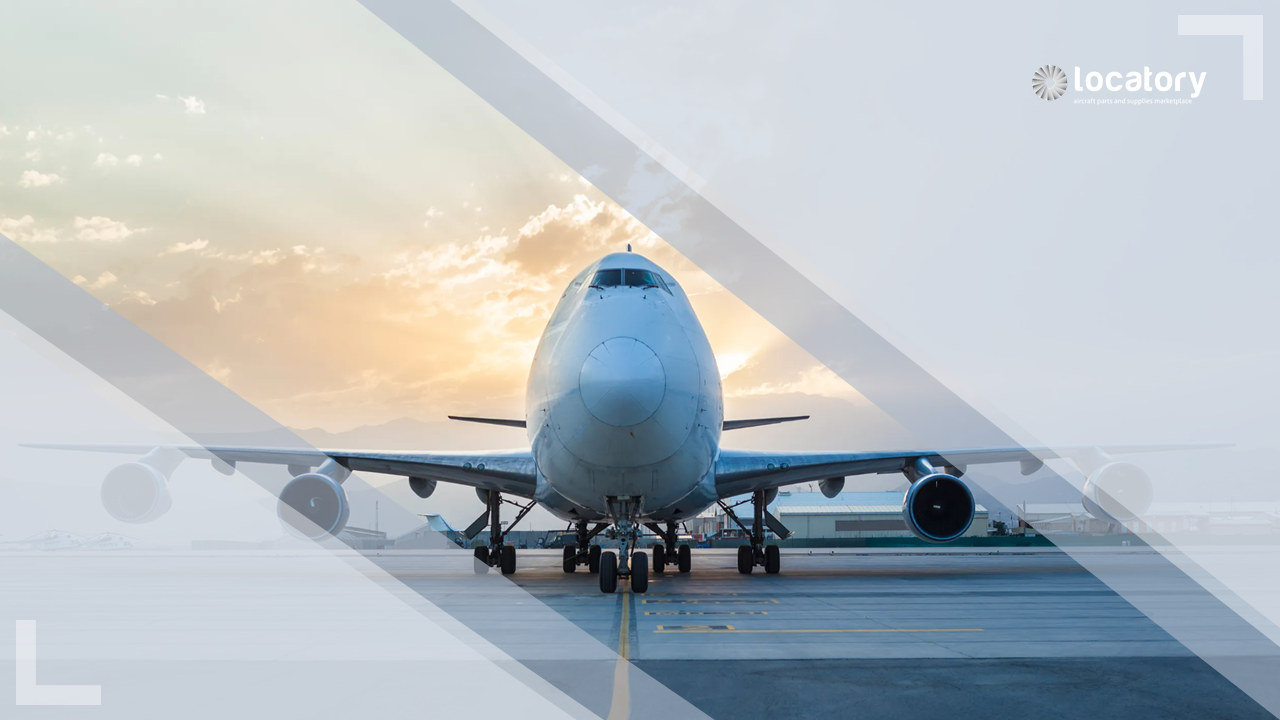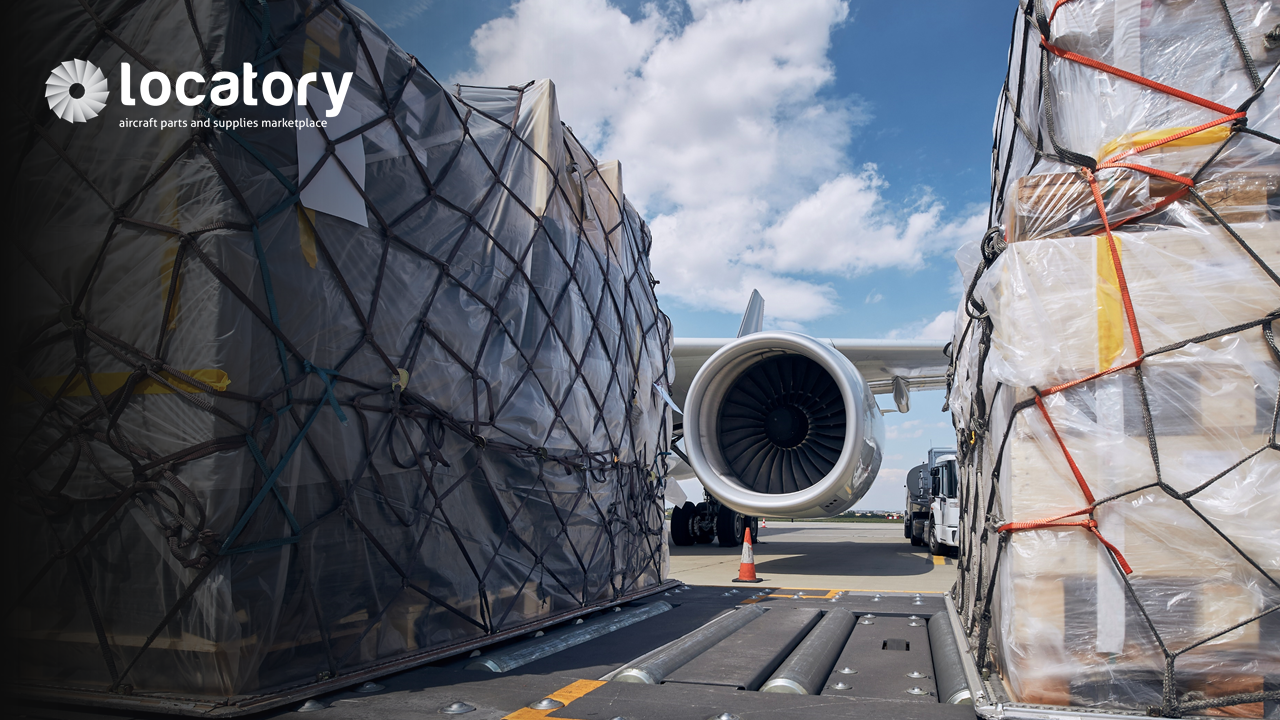In recent years, the aviation industry has faced numerous challenges, with one of the most significant being issues with the aircraft part supply chain. Locatory.com, an aviation marketplace for aircraft spare parts and repair capabilities, reports that the aircraft part aftermarket is expected to boom, following the accumulating issues in the industry.
According to Toma Matutyte, CEO of Locatory.com, aircraft manufacturers continue to struggle with increasing backlogs, with Airbus backlog of 7,254 aircraft and Boeing backlog of over 4,500 aircraft after Q1 2023. “Due to excessive backlog, airlines are forced to continue operating aging aircraft that require more maintenance and repairs. This situation leads to a rise in demand for replacement parts in the aftermarket. Going forward, this trend will be felt more acutely in developing regions, where airlines still rely on their older aircraft, and acquiring new aircraft is challenging.”
Furthermore, the ongoing geopolitical turmoil and COVID-19 aftereffects have made it more challenging to obtain manufacturing materials, worsening supply chain issues. This has resulted in significant delays in the Original Equipment Manufacturer (OME) production of new aircraft parts, creating a shortfall in supply and a greater need for used parts. Consequently, more and more companies are turning to the aftermarket to fulfil their replacement needs.
As the demand for aircraft parts in the aftermarket continues to grow, online platforms like Locatory.com are expected to attract more attention from airlines, aircraft lessors, and MROs worldwide. “Online platforms offer a broad range of readily available used aircraft parts, which make it easier and more cost-effective for buyers to locate the parts they require,” Matutyte explains.
While the issues in the aircraft part supply chain will likely continue to affect the industry in the future, the aftermarket will play a crucial role in meeting the demand for replacement parts, particularly in still-developing regions. While aircraft manufacturers work to address the root causes of these supply chain issues, airlines are turning to the aftermarket for solutions, making online marketplaces a viable solution to keep aircraft off the ground.



